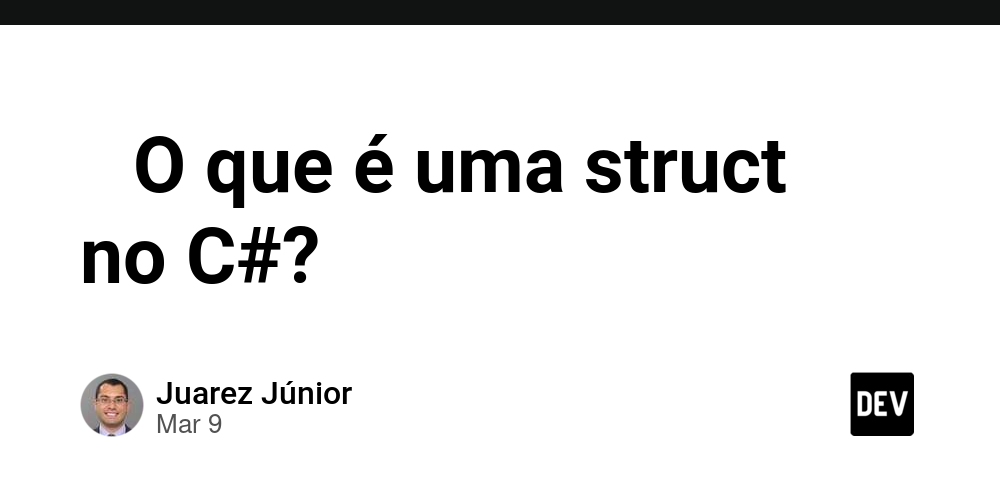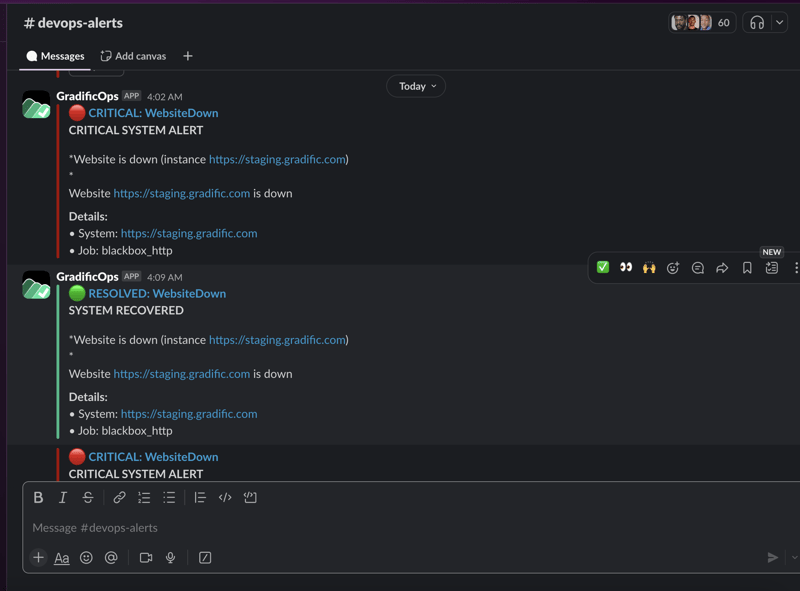Horror Title Generator
**Naming Your Nightmares Have you ever noticed how the perfect horror title can send a chill down your spine before you've read a single word of the story? Finding that perfect combination of words that hints at dread, mystery, and the unknown is an art form in itself. That's where horror title generators have become indispensable tools for writers like me. **The Anatomy of Terrifying Titles A great horror title does more than label your story—it creates immediate atmosphere and sets expectations. Think about classics like "The Shining" or "Nightmare on Elm Street"—these titles immediately evoke specific emotions and images. I discovered horror title generators while working on a collection of short stories for Halloween. After exhausting my own ideas (how many variations of "The Haunting" can one writer come up with?), I turned to a generator that suggested "Whispers in the Crawlspace." That title immediately conjured images and sounds that shaped my entire approach to the story, which ended up being selected for a horror anthology. **What Makes Horror Titles Effective **Most horror title generators work with combinations of these key elements: Ominous Locations -Abandoned places: "The Vacancy at Miller's Motel" -Confined spaces: "Trapped in the Basement" -Naturally eerie settings: "Whispers from the Bog" Threatening Entities -Supernatural beings: "The Smiling Specter" -Human monsters: "The Collector's Final Specimen" -Ambiguous threats: "What Waits in the Dark" Disturbing Actions -Violence: "The Carving at Midnight" -Psychological torment: "The Art of Breaking Minds" -Supernatural occurrences: "When the Shadows Move" Unsettling Emotions -Fear: "Terror on Blackwood Lane" -Dread: "The Approaching Dread" -Paranoia: "Watching From Within" The magic of these generators is how they combine elements you might not naturally put together. A title like "The Lullaby of Hollow Creek" combines innocence (lullaby) with something potentially sinister (Hollow Creek), creating immediate tension. *From Title to Terror * Once I have a generated title that resonates with me, I use it as the seed for my entire horror story. I ask myself: -What kind of threat does this title suggest? -What setting would match this title's mood? -What characters would be most vulnerable to this specific horror? -What rules govern this particular nightmare? A title like "The Children of Willow's End" immediately raises questions: Who are these children? What happened at Willow's End? Are the children victims or threats? Following these threads often leads to the most chilling narrative possibilities. *Crafting Complete Horror Stories * While a compelling title sets the stage, creating a complete horror story requires additional elements. Story outline generators pair perfectly with horror titles by suggesting plot structures that maintain tension and build to effective climaxes. After being intrigued by a title like "The Midnight Visitor," an outline generator might suggest key scenes that gradually reveal the visitor's true nature. The themes underlying your horror story give it deeper resonance and staying power. This is where story theme generators come in handy. A theme like "the price of forbidden knowledge" or "the horror of losing one's identity" can elevate a simple scary story into something that haunts readers long after they've finished reading. *Making the Horror Your Own * The best horror stories feel personal, tapping into universal fears through specific details. When using generated titles, I make them my own by: Adding specific locations or time periods that interest me Incorporating personal fears or phobias Connecting the title to cultural references or folklore I find compelling Infusing the story with questions I find philosophically disturbing A generator might suggest "The Visitor at Midnight," but I might transform it to "The Visitor at Midnight, 1973" or "The Christmas Eve Visitor" to create more specific context and atmosphere. *Beyond Simple Scares * Horror at its best does more than frighten—it explores the human condition through the lens of fear. I've found that the most effective horror titles hint at this deeper purpose, suggesting not just a monster or a threat but a journey or transformation. A title like "What We Become in Darkness" suggests both physical horror and psychological evolution. "The Inheritance of Fear" implies generational trauma alongside potential supernatural threats. These layers make horror memorable rather than merely shocking. *Unleashing Your Darkest Imagination * The next time you're looking to craft a tale of terror, consider starting with a horror title generator. That perfect combination of words might be the key to unlocking your darkest and most creative ideas. After all, sometimes naming your nightmare is the first step to bringing it terrifyingly to life on the page.
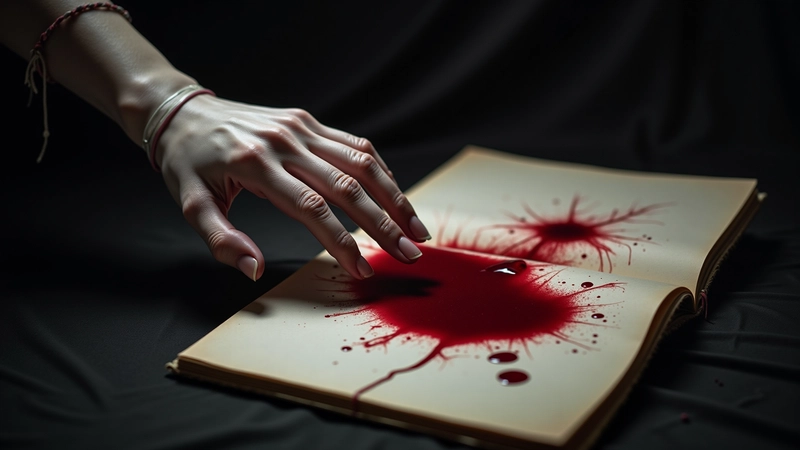
**Naming Your Nightmares
Have you ever noticed how the perfect horror title can send a chill down your spine before you've read a single word of the story? Finding that perfect combination of words that hints at dread, mystery, and the unknown is an art form in itself. That's where horror title generators have become indispensable tools for writers like me.
**The Anatomy of Terrifying Titles
A great horror title does more than label your story—it creates immediate atmosphere and sets expectations. Think about classics like "The Shining" or "Nightmare on Elm Street"—these titles immediately evoke specific emotions and images.
I discovered horror title generators while working on a collection of short stories for Halloween. After exhausting my own ideas (how many variations of "The Haunting" can one writer come up with?), I turned to a generator that suggested "Whispers in the Crawlspace." That title immediately conjured images and sounds that shaped my entire approach to the story, which ended up being selected for a horror anthology.
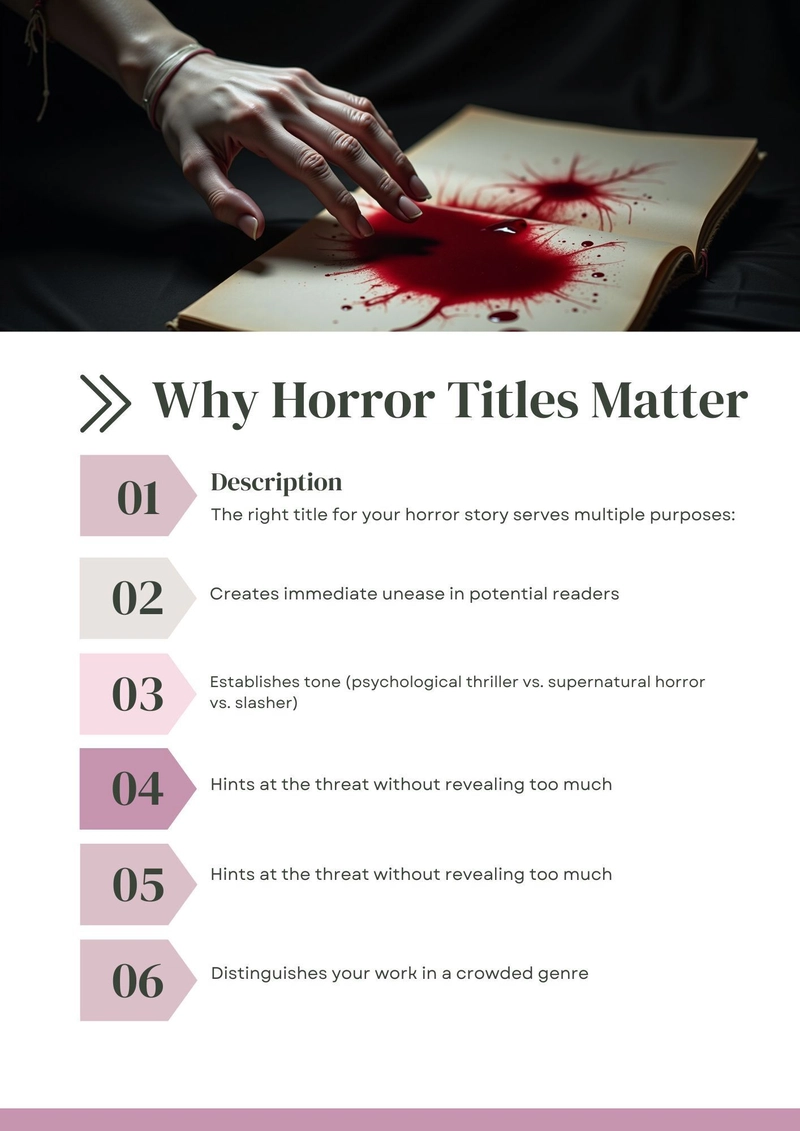
**What Makes Horror Titles Effective
**Most horror title generators work with combinations of these key elements:
Ominous Locations
-Abandoned places: "The Vacancy at Miller's Motel"
-Confined spaces: "Trapped in the Basement"
-Naturally eerie settings: "Whispers from the Bog"
Threatening Entities
-Supernatural beings: "The Smiling Specter"
-Human monsters: "The Collector's Final Specimen"
-Ambiguous threats: "What Waits in the Dark"
Disturbing Actions
-Violence: "The Carving at Midnight"
-Psychological torment: "The Art of Breaking Minds"
-Supernatural occurrences: "When the Shadows Move"
Unsettling Emotions
-Fear: "Terror on Blackwood Lane"
-Dread: "The Approaching Dread"
-Paranoia: "Watching From Within"
The magic of these generators is how they combine elements you might not naturally put together. A title like "The Lullaby of Hollow Creek" combines innocence (lullaby) with something potentially sinister (Hollow Creek), creating immediate tension.
*From Title to Terror
*
Once I have a generated title that resonates with me, I use it as the seed for my entire horror story. I ask myself:
-What kind of threat does this title suggest?
-What setting would match this title's mood?
-What characters would be most vulnerable to this specific horror?
-What rules govern this particular nightmare?
A title like "The Children of Willow's End" immediately raises questions: Who are these children? What happened at Willow's End? Are the children victims or threats? Following these threads often leads to the most chilling narrative possibilities.
*Crafting Complete Horror Stories
*
While a compelling title sets the stage, creating a complete horror story requires additional elements. Story outline generators pair perfectly with horror titles by suggesting plot structures that maintain tension and build to effective climaxes. After being intrigued by a title like "The Midnight Visitor," an outline generator might suggest key scenes that gradually reveal the visitor's true nature.
The themes underlying your horror story give it deeper resonance and staying power. This is where story theme generators come in handy. A theme like "the price of forbidden knowledge" or "the horror of losing one's identity" can elevate a simple scary story into something that haunts readers long after they've finished reading.
*Making the Horror Your Own
*
The best horror stories feel personal, tapping into universal fears through specific details. When using generated titles, I make them my own by:
Adding specific locations or time periods that interest me
Incorporating personal fears or phobias
Connecting the title to cultural references or folklore I find compelling
Infusing the story with questions I find philosophically disturbing
A generator might suggest "The Visitor at Midnight," but I might transform it to "The Visitor at Midnight, 1973" or "The Christmas Eve Visitor" to create more specific context and atmosphere.
*Beyond Simple Scares
*
Horror at its best does more than frighten—it explores the human condition through the lens of fear. I've found that the most effective horror titles hint at this deeper purpose, suggesting not just a monster or a threat but a journey or transformation.
A title like "What We Become in Darkness" suggests both physical horror and psychological evolution. "The Inheritance of Fear" implies generational trauma alongside potential supernatural threats. These layers make horror memorable rather than merely shocking.
*Unleashing Your Darkest Imagination
*
The next time you're looking to craft a tale of terror, consider starting with a horror title generator. That perfect combination of words might be the key to unlocking your darkest and most creative ideas. After all, sometimes naming your nightmare is the first step to bringing it terrifyingly to life on the page.









































































































































































![[The AI Show Episode 142]: ChatGPT’s New Image Generator, Studio Ghibli Craze and Backlash, Gemini 2.5, OpenAI Academy, 4o Updates, Vibe Marketing & xAI Acquires X](https://www.marketingaiinstitute.com/hubfs/ep%20142%20cover.png)
















































































































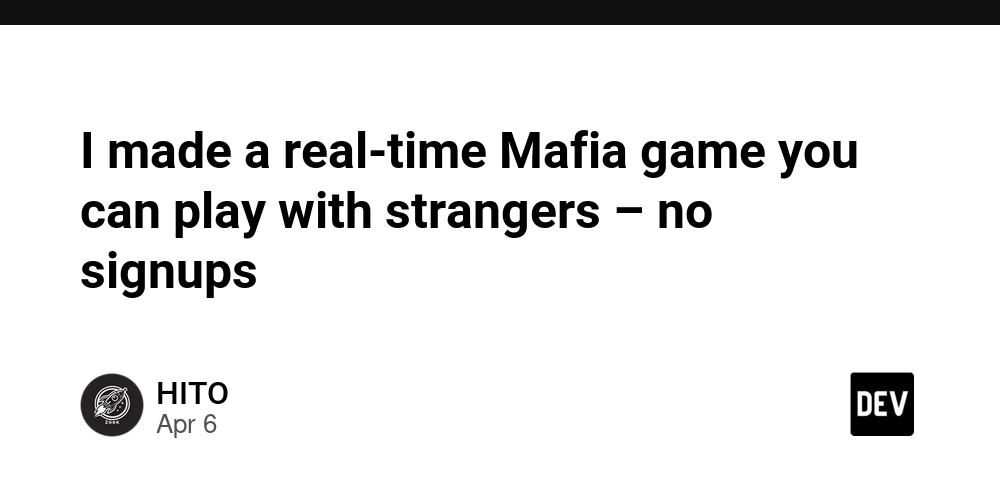
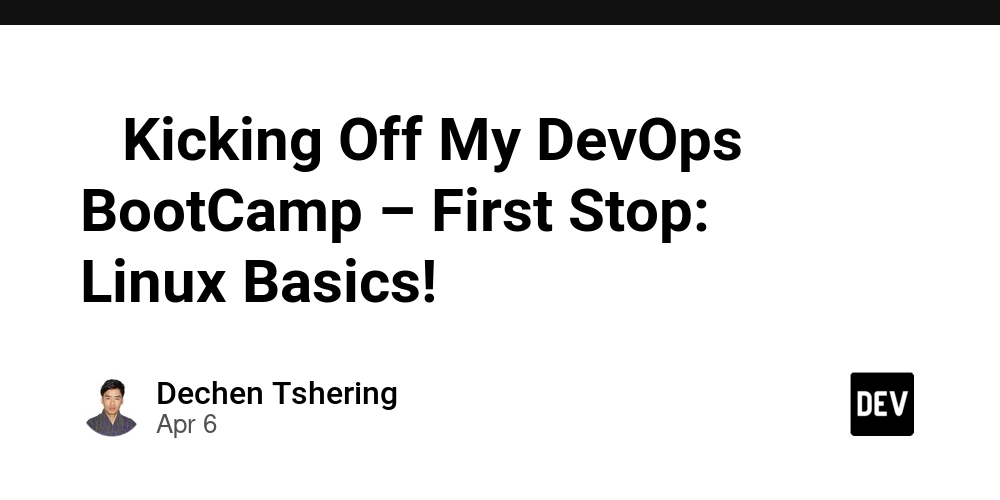









![[DEALS] The Premium Learn to Code Certification Bundle (97% off) & Other Deals Up To 98% Off – Offers End Soon!](https://www.javacodegeeks.com/wp-content/uploads/2012/12/jcg-logo.jpg)


![From drop-out to software architect with Jason Lengstorf [Podcast #167]](https://cdn.hashnode.com/res/hashnode/image/upload/v1743796461357/f3d19cd7-e6f5-4d7c-8bfc-eb974bc8da68.png?#)









































































































.png?#)
































_Christophe_Coat_Alamy.jpg?#)
 (1).webp?#)


































































































![iPhone 17 Pro Won't Feature Two-Toned Back [Gurman]](https://www.iclarified.com/images/news/96944/96944/96944-640.jpg)
![Tariffs Threaten Apple's $999 iPhone Price Point in the U.S. [Gurman]](https://www.iclarified.com/images/news/96943/96943/96943-640.jpg)





































































































































